Gangseo Myeonok (강서면옥)
7.5Km 2020-04-17
35, Sejong-daero 11-gil, Jung-gu, Seoul
+82-2-752-1945
Gangseo Myeonok has been famous for over fifty years, having been the food of choice served to visiting dignitaries from North Korea at the time of the South-North Red Cross Conference. The restaurant has succeeded in carrying on the tradition of Pyeongyang-style naengmyeon. The native buckwheat from Gangwon-do mixed with starch makes for fine noodles, and the wonderful broth is made from beef brisket with white radish kimchi.
Kongnamul Jangsu (콩나물장수)
7.5Km 2021-03-18
94, Dongsung-gil, Jongno-gu, Seoul
+82-2-763-7999
This is a Korean cuisine located in Daehak-ro, Seoul. The best menu at this restaurant is stir-fried bean sprouts and pork. Kongbul (bulgogi with bean sprouts) is a spicy dish of fried pork with bean sprouts.
Youngpoong Bookstore - Jongno Branch [Tax Refund Shop] (영풍문고 종로점)
7.5Km 2024-04-18
41, Cheonggyecheon-ro, Jongno-gu, Seoul
-
Enter 6 - Cheonho Station Branch [Tax Refund Shop] (㈜엔터식스패션쇼핑몰 천호역점)
7.5Km 2024-04-19
B1, Cheonho Station of Subway Line 5, 8, 997, Cheonho-daero, Gangdong-gu, Seoul
-
Seoul Art Center Gongpyeong Gallery (서울아트센터 공평갤러리)
7.5Km 2021-06-19
24, Insadong-gil, Jongno-gu, Seoul
+82-70-4214-0070
Opened in 1992, Seoul Art Center Gongpyeong Gallery is a 17,791㎡, two-story building with four exhibition halls. It is one of the main galleries of Insa-dong, displaying diverse artwork ranging from Western and Korean paintings to sculptures. Due to the great interest in Korean paintings, 2~3 of the annual long-term exhibitions focus solely on them.
Bugeogukjip (북어국집)
7.5Km 2024-12-27
38, Eulji-ro 1-gil, Jung-gu, Seoul
+82-2-777-3891
Bugeogukjip (formerly “Teojutgol”) is a restaurant behind City Hall in Seoul that has been serving up authentic dried Pollack soup since 1968. Despite a name change, the restaurant has proudly stood in this same location for decades, earning a strong reputation for its dried Pollack soup made using traditional cooking methods.
Since the restaurant only serves one thing—dried Pollack soup—there are few preparations to be made and the meal arrives on your table in minutes. Customers are free to serve themselves basic side dishes such as kimchi and can have as many servings of rice as they’d like, allowing diners to enjoy a hearty meal at a low price. While the restaurant’s design and menu may be simple, Bugeogukjip takes pride in its long history and the careful efforts that have earned it a reputation as one of the most notable restaurants in Seoul.
Yurimmyeon (유림면)
7.5Km 2021-03-29
139-1, Seosomun-ro, Jung-gu, Seoul
+82-2-755-0659
This store, which has a long history of over 50 years, makes noodles using only Bongpyeong buckwheat. The best menu at this restaurant is buckwheat noodles. This Korean dishes restaurant is located in Jung-gu, Seoul.
Insadong Cultural Street (인사동 문화의 거리)
7.5Km 2023-12-26
Insa-dong, Jongno-gu, Seoul Metropolitan City
Insadong Cultural Street is a popular tourist destination for visitors from all around the world, thanks to its numerous art galleries, restaurants serving Korean table d’hote, traditional teahouses, and street vendors lining the streets. Its most recognizable feature is the use of Hangeul (Korean script) in storefronts, which allows the visitors to really see just what makes this place so special. Unlike the nearby Ikseon-dong Hanok Street, Insadong Cultural Street has larger streets with wider stores, so it is much easier to traverse. On evenings and weekends, one can find buskers performing on the side of the road.
Daehakro Arts Theater (대학로예술극장)
7.5Km 2021-07-05
17, Daehak-ro 10-gil, Jongno-gu, Seoul
+82-2-3668-0007
Daehakro Arts Theater is a venue for performing arts that is comprised of a main hall and small hall. The main hall fills the first and second floors and has a proscenium stage with seating arranged in fan-shape. In an effort to present a more contemporary theater experience, the seats here are placed closer to the stage than those of a standard theater, allowing the audience to experience performances more vividly.
Songa Myeongga (손가명가)
7.5Km 2021-03-19
13, Dadong-gil, Jung-gu, Seoul
+82-2-777-1013
This Korean cuisine is located near Euljiro 1(il)ga Station, Seoul. It is a popular restaurant for group dinners. The representative menu is pork and kimchi stew.

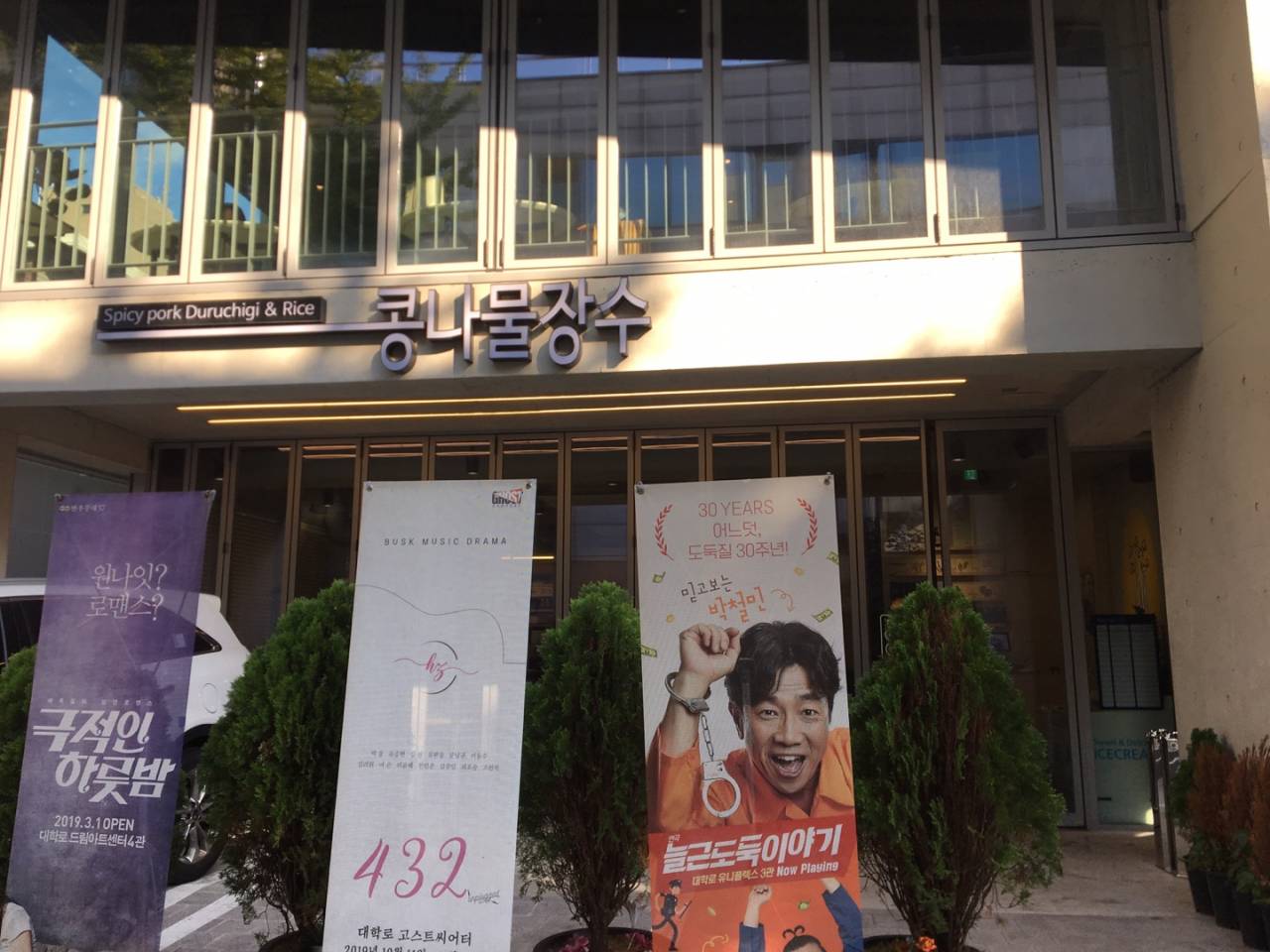
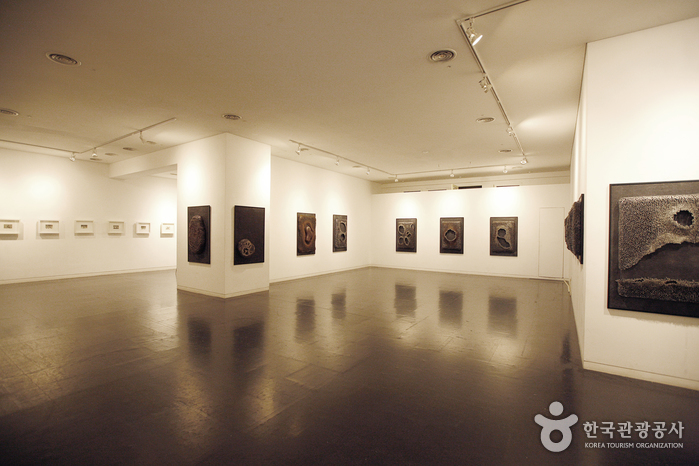
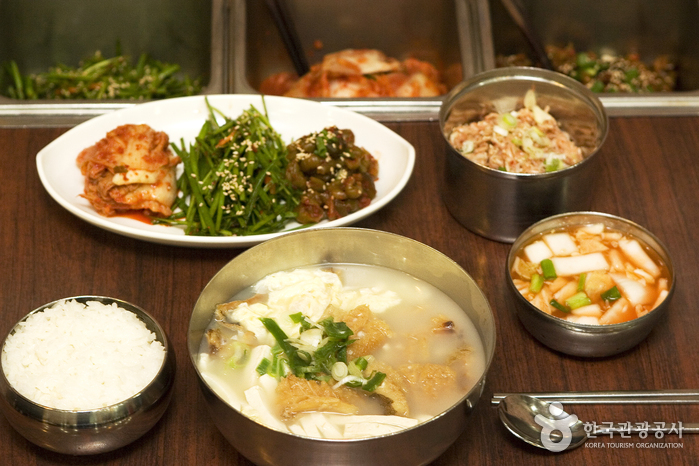
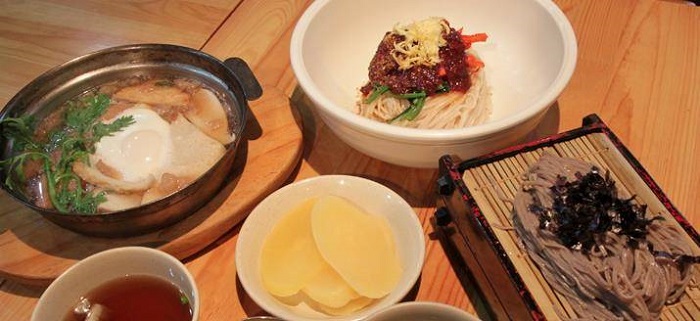
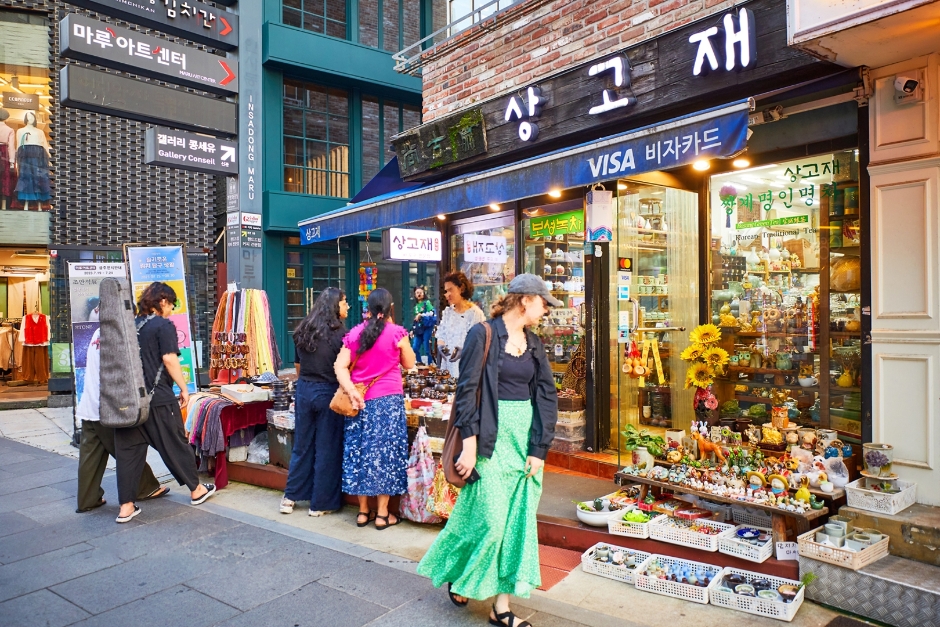
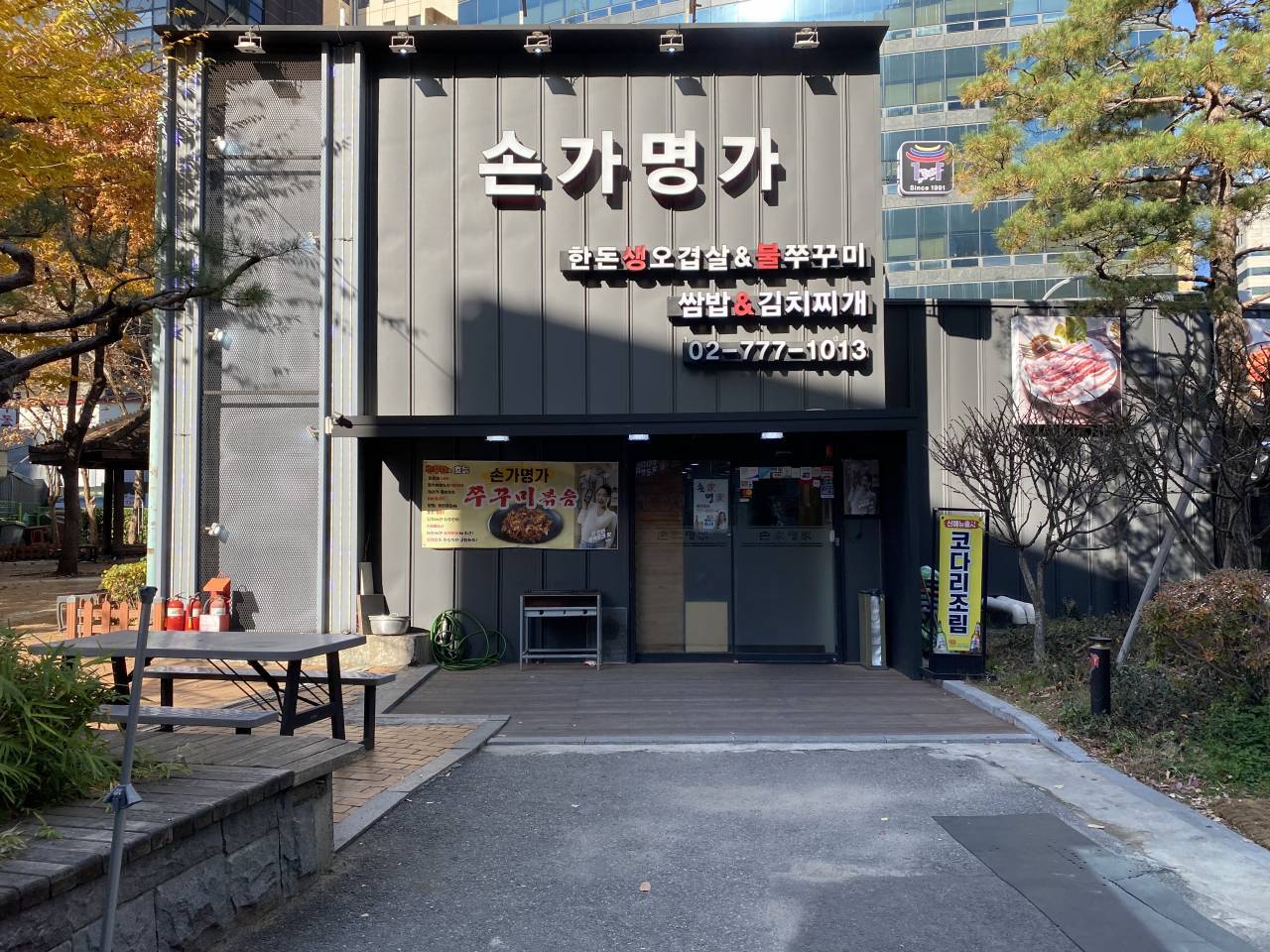
 English
English
 한국어
한국어 日本語
日本語 中文(简体)
中文(简体) Deutsch
Deutsch Français
Français Español
Español Русский
Русский